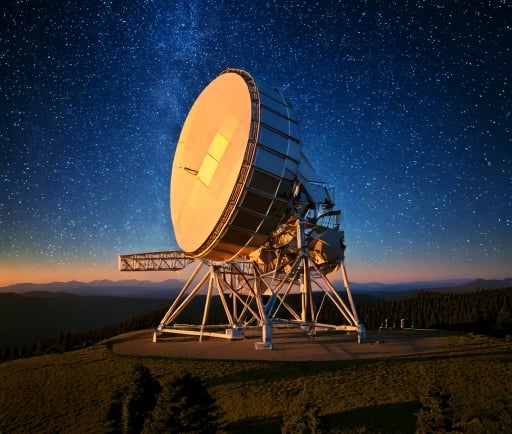The Kepler Space Telescope: Unearthing Exoplanets and Multi-Planet Systems


Introduction to the Kepler Space Telescope
The Kepler Space Telescope, launched in 2009, heralded a new era in the quest for extraterrestrial worlds. Its primary mission was to detect Earth-sized exoplanets orbiting other stars and contribute to our understanding of the galaxy. During its operational lifetime, Kepler observed over 530,000 stars, providing invaluable data about planetary systems beyond our Solar System.
Discoveries of Exoplanets
The most significant accomplishment of the Kepler mission was the discovery of thousands of exoplanets. These discoveries not only validated theories regarding the prevalence of planetary systems but also revealed the diversity of exoplanets. Kepler identified various types of planets, including gas giants, ice giants, and, interestingly, rocky planets that could potentially harbor life.
Kepler's data set includes over 2,300 confirmed exoplanets, each with unique characteristics and orbital configurations. Scientists have been particularly fascinated by the so-called 'Goldilocks Zone'—the region around a star where conditions may be just right for liquid water to exist. This has led to the identification of several exoplanets that fall within this habitable zone, raising questions about the possibility of life beyond Earth.
Multi-Planet Systems: A Focus on Complexity
In addition to singular exoplanet discoveries, Kepler's observations have illuminated the complexity of multi-planet systems. It has been revealed that many stars host multiple planets, creating intricate gravitational dynamics. Some of these multi-planet configurations are surprisingly compact, with planets orbiting their stars in close proximity to one another. This finding challenges previous assumptions regarding planet formation and development.
The exploration of multi-planet systems not only enhances our understanding of planetary formation environments but also inspires significant future research. By studying these systems, astronomers can better understand the evolution of planets and their potential to support life forms.
Conclusion: The Legacy of the Kepler Space Telescope
The legacy of the Kepler Space Telescope is monumental, as it has fundamentally transformed our perspective on the universe. It has opened our eyes to the existence of countless exoplanets and has cast a wider net to explore the cosmos. With each discovery, Kepler has contributed to an ever-growing treasure trove of knowledge about exoplanets and multi-planet systems. As we look forward, the groundwork laid by Kepler will inspire future missions and deepen our quest to answer one of humanity's most profound questions: Are we alone in the universe?
